A BRIEF HISTORY OF WINE PAIRINGS
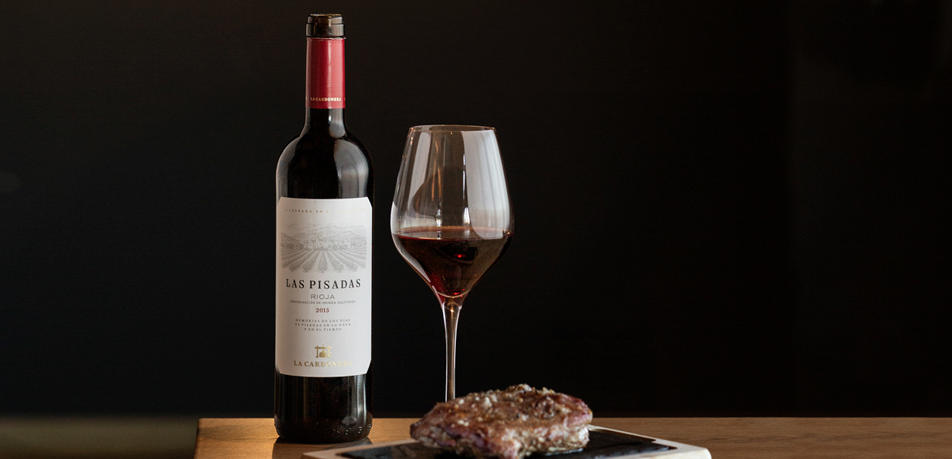
Similarity, contrasts, geography... The categories that help us navigate the world of wine and food pairings, that serve as our guide (rigid rules hardly apply to the subjectivity of our senses; pleasure should be the ultimate goal of any dining experience) are the result of cumulative experience, specific social and historical contexts, and how the technology of winemaking evolved over the centuries.
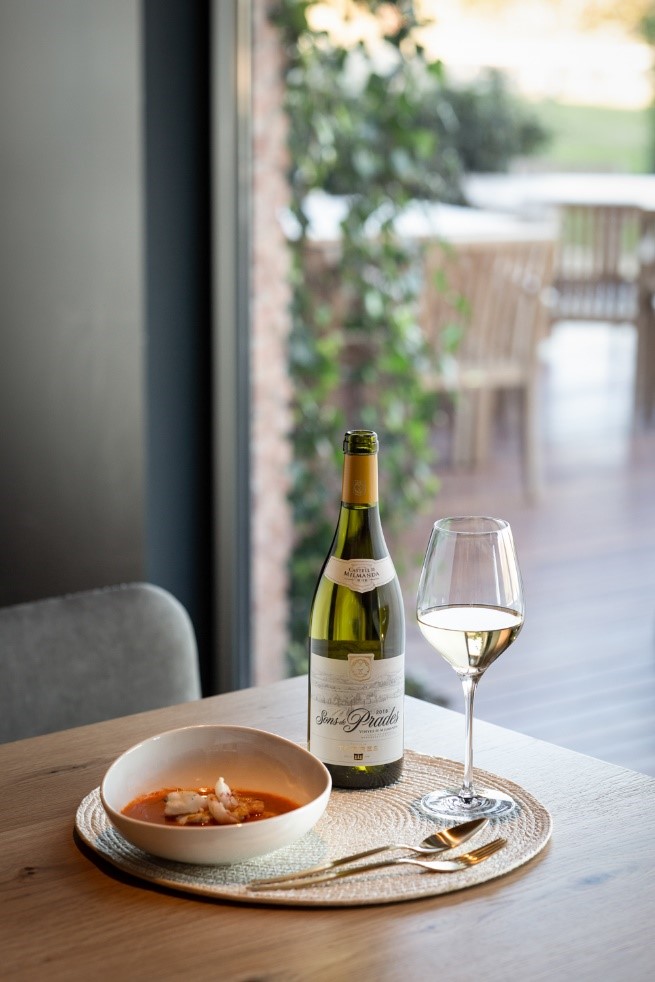
Sons de Prades (DO Conca de Barberà) is irresistible with fish and seafood, rice dishes, aged or goat cheeses. A palate caress.
The fact that good food and drink go together is intrinsic to our behavior—who had the pleasure, and how, is another matter. In the Middle Ages, only kings, feudal lords, and high-ranking clergy had the privilege of true banquets. Diners did not drink from individual glasses but passed around a shared chalice, which the échanson or cupbearer would refill as necessary at celebratory toasts, receptions, and other official and social occasions.
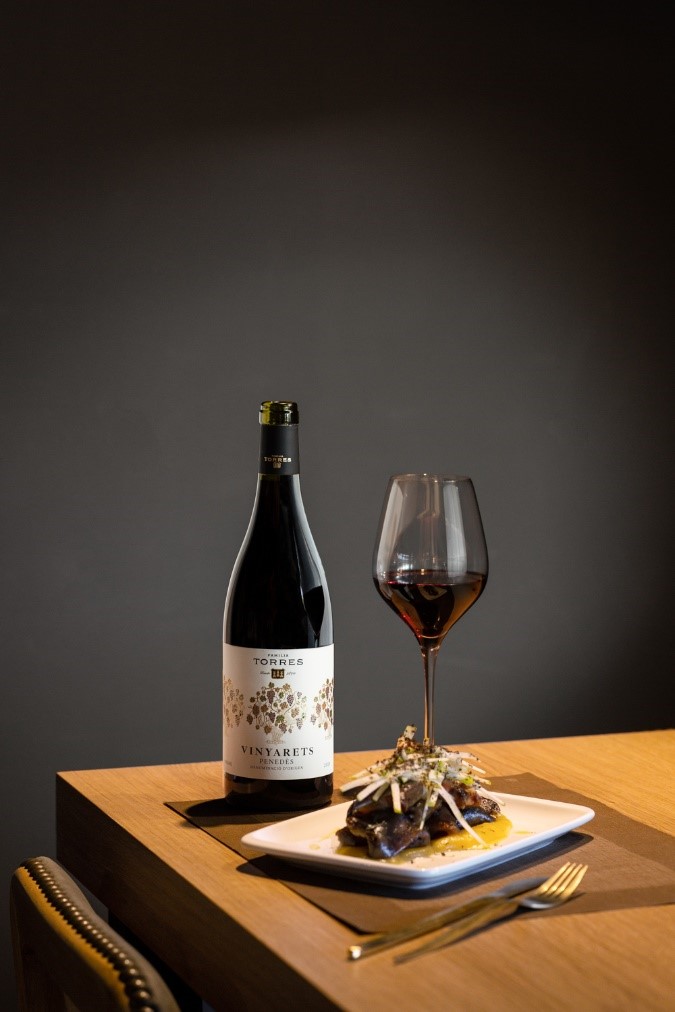
Vinyarets (DO Penedès) is wonderfully versatile, seeking the lightness of hors d'oeuvres, starters, and charcuterie; pasta and rice dishes; carpaccios and tapas. An elegant, character-driven red.
Wine shed its anonymity and entered into its relationship with food thanks to the poem La Bataille des Vins by Henri d'Andeli. Published in the 13th century, it offered an early classification of wines based on their geographic origin. The quality and quantity of the wine people consumed also reflected the enormous social divide between the lower and middle classes and the aristocracy and clergy. Estimates indicate that per capita wine consumption of Parisians at the beginning of the 15th century came to 100 liters per year, whereas in rural areas this could reach a whopping 300 to 400 liters per person.
Towards the end of the 17th century, the social perception of wine had become one of pleasure, as something to be enjoyed with good food. This evolution marked the beginning of a trend that valued quality over quantity.
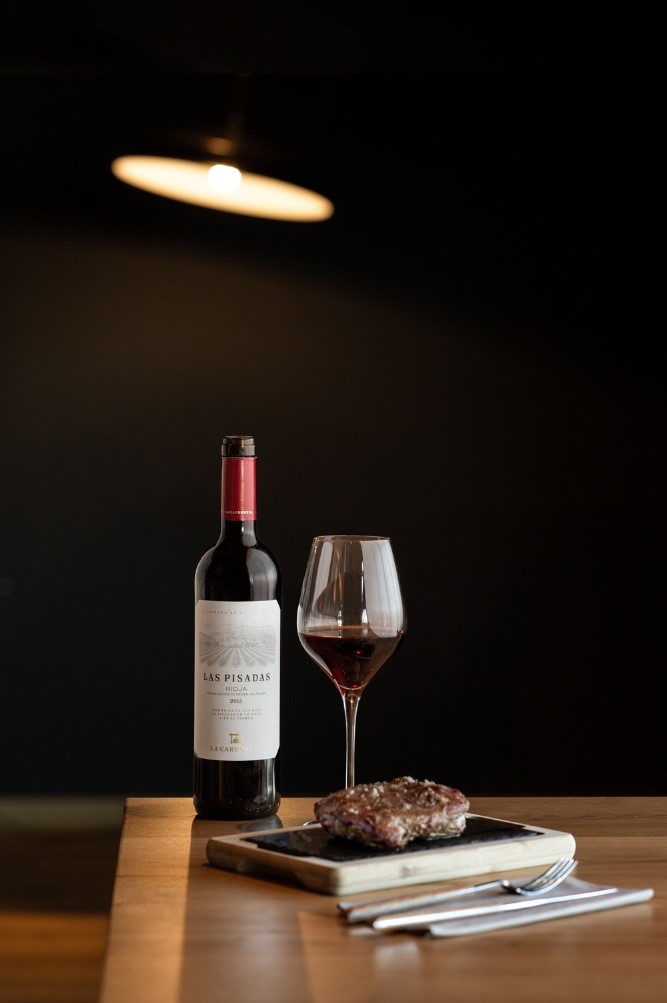
Las Pisadas (DOC Rioja) takes the intensity and fruit concentration of Tempranillo to new heights. Sublime with charcoal-grilled red meat and Mediterranean stews; assorted sheep cheeses and Ibérico cured meats.
Looking back in time, we can see how wine went through different phases as the differences between social classes narrowed. What began as a libation used in religious rituals since the earliest civilizations evolved into an accompaniment of food and then, by the 20th century, into a product associated with pleasure.
This cultural and experiential repository has refined the norms, uses, and customs associated with wine and its relationship to food. These days the amount of information available to wine lovers is astounding, but let's not forget the point of it all: it's not about becoming an expert but enjoying ourselves and having our dinner guests enjoy themselves too.
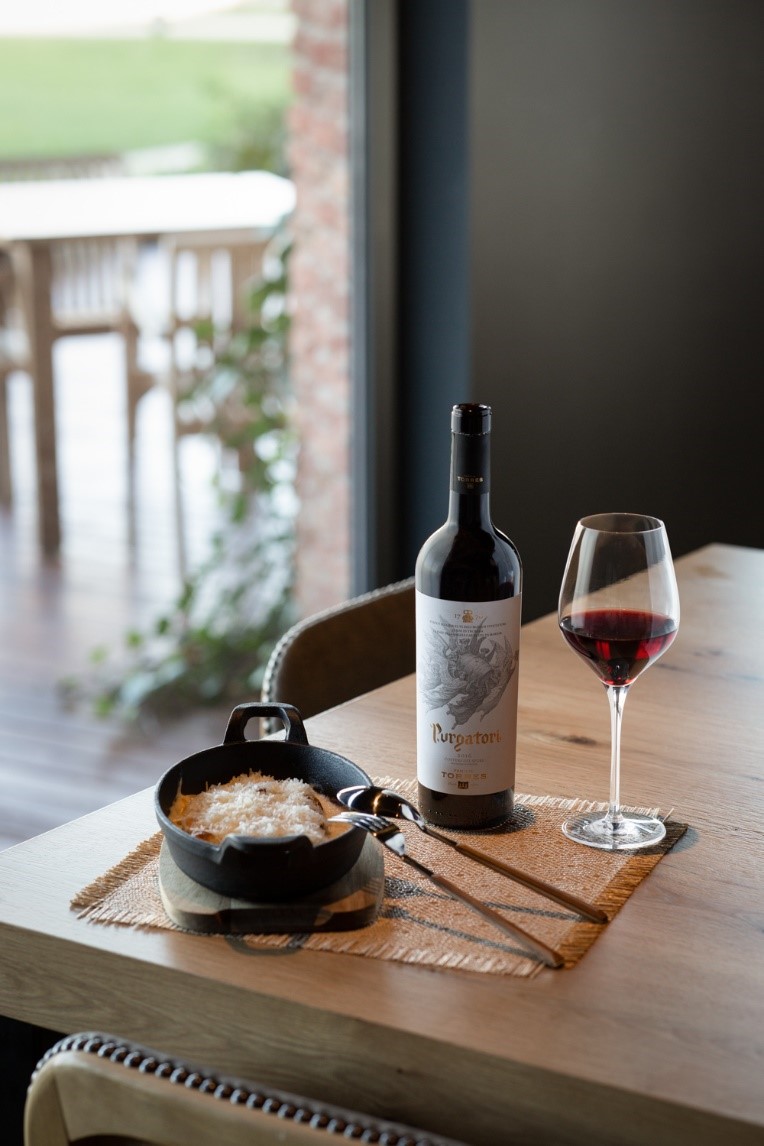
Purgatori (DO Costers del Segre) is a deep, dense yet velvety wine; a magnificent match for wild game stews like boar or deer in onion sauce, typical dishes from the Catalan interior like rabbit with snails or cassola de tros, a casserole built around potatoes, snails, pork, and spinach. It also pairs well with strongly flavored, soft, washed-rind cheeses like Munster.
It is about understanding the provenance and particular characteristics of a wine, to perceive a landscape and a culture in its aromas and how these relate to food based on our own tastes and preferences. Seeking the true expression of a wine contributes to our humanity.
Source: El Jardí de Dionís by Eduard Puig i Vayreda. (Ed. Brau)
